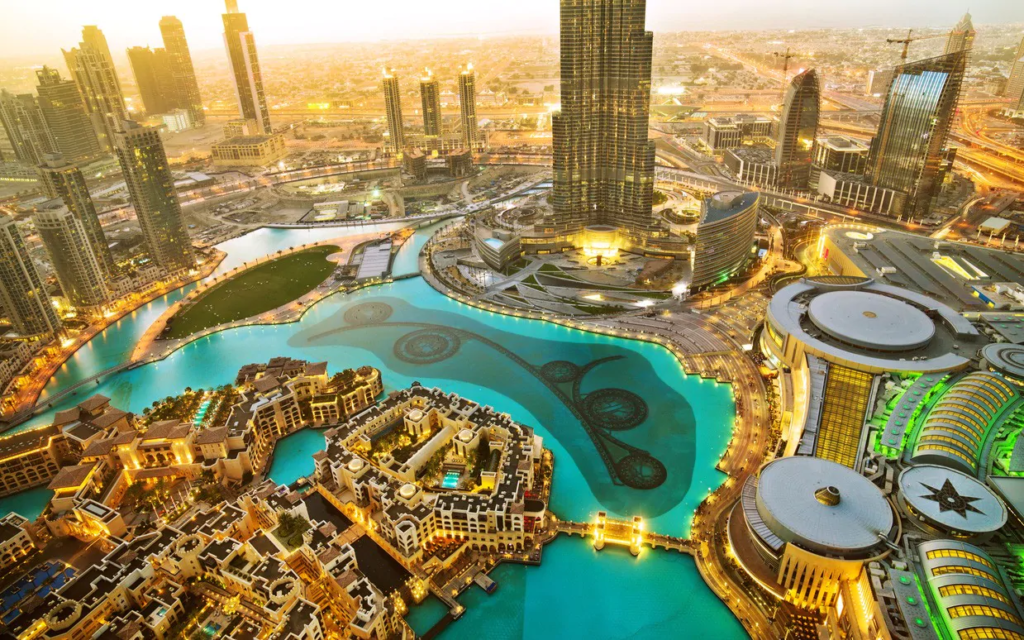Much more than an incentive
Ecobonus, development and enhancement of cities
We have been focusing on climate change for a long time, the ozone hole has reached enormous dimensions and it strongly affects our climate. For years, the fact that our own homes have been producing a considerable part of total emissions has been ignored, but now the government is granting aid to provide for this lack.
The new hybrid and electric vehicles currently in use are not enough because other than being a solution very little used, they contrast just 15% of CO2 emissions! Instead, the “Decreto rilancio” (relaunch decree) (D.L. 34/2020 of 19/05/2020), which has just been approved, allows to generate a tax credit in order to act on buildings with a SUPERBONUS of 110%, that can be spent to fully cover the costs of the energetic renovation of such buildings, making them with a low environmental impact. In fully managing a requalification project by including external isolation, by changing fastenings, substituting boilers and adding photovoltaic panels, it will be possible to reach housings with “ZEB” certifications (Zero Energy Building) or a more common “NZEB” certification (Near Zero Energy Building), comfortable and efficient and with a class A certification, without paying anything. Savings are considerable, from 50% up to 80% of energetic consumption, in the amount of 100/150 euros monthly.

How long will it be possible to benefit from this opportunity?
This opportunity is certainly convenient yet it is not everlasting. Currently, the deadline set is the 31st of December 2021, it was set by the decree for the transformation of various buildings in buildings of the future, however, it’s being discussed whether to extend the incentive period. If the number of futuristic buildings increases, this investment could grow to result in modern smart cities. Furthermore, the bonus can be used for extra interventions such as storage batteries and charging pedestals,which are very useful to significantly reduce waste and to create smarter cities.
People frequently talk about smart cities, but their potential is not totally known. Dubai is an example of that, considering that by 2023 it will appear as if coming out of a sci-fi film, with 25% of buildings fabricated with 3D printing machines, 25% of public transport driven automatically and hundreds of artificial stations capable of exploiting solar energy to provide the city with free wi-fi, logistic information and charging station for devices.

What does smart cities mean? What does being a city of the future mean?
Nowadays, Smart city is a trendy term, and even if it might be used inappropriately with marketing purpose by companies and local administrations, it refers to the communitarian ideal of the city of the future. A smart city is an urban area where, thanks to digital technologies and, more in general, to technological innovation, it is possible to optimize and improve infrastructures and services for citizens by making them more efficient.
The novelty starts from digital renovation and from the use of IoT technology (Internet of Things) in several fields of public administration like public transport and mobility – with totally automatic trams and trains and with energy produced by air movement or by solar energy. It will be possible to revolutionize management and distribution of energy, as well as urban security, for example by enhancing and lighting public areas currently barely visible. IoT can also be used in environmental management and monitoring, in the management of garbage (automatic, and done with full electric vehicles), in the maintenance and optimization of public buildings such as schools, hospitals, museums etc., in communication and information systems and other services for public utility. In the next years we will have the possibility to reach this form of new towns, thanks to the eco-incentive that everyone has, we can start saving thermal and electrical energy, by producing and storing it in batteries to use it when necessary, and why not sharing it with the building across the street, instead of sailing it to national net which will distribute in a different moment.
You may be asking: why give energy to buildings across the street?
Transporting electric energy is not only expensive, but also a waste, on average, twice as much energy actually requested is used because electric power plants are much further away from the city. By sharing it, the path would be reduced to a few meters distance, avoiding the passage to the power plant.
The ecobonus allows citizens to improve their quality of life, and it also results to be very convenient for all enterprises collaborating in these projects, because the limits set by the incentive, that is the reimbursement of expenses, are extremely large. This allows them to operate with ease and to be certain to gain a profit from it, which leads to a better quality of work.
Allow me to do one final reflection on this: it is the first time in Italy that companies are largely supported, from design studios (finally architects will find a job) to companies, giving them more work to do. What I wish for, other than the extension of this period, is that new connections with enterprises may be created, I wish for collaboration teams between design studios (for example the one that deal with external isolation, with fastenings and the photovoltaic system) that will lead to the formation of united and capable teams, that might continue to work together to improve the quality of life of Italians.

